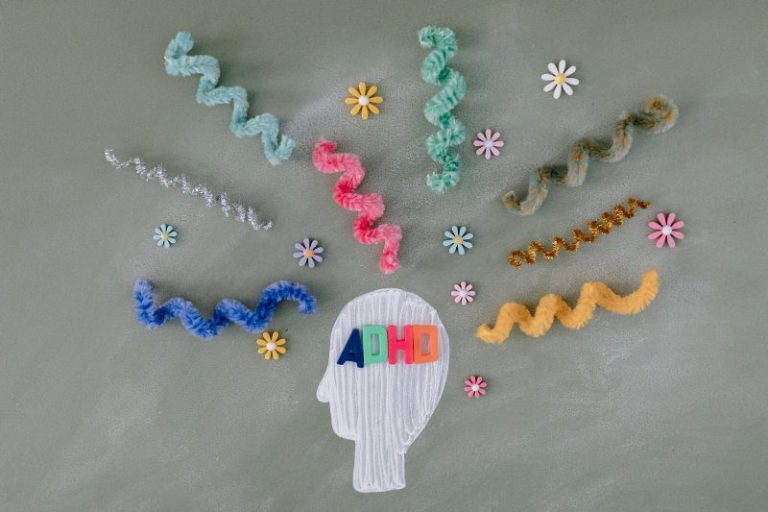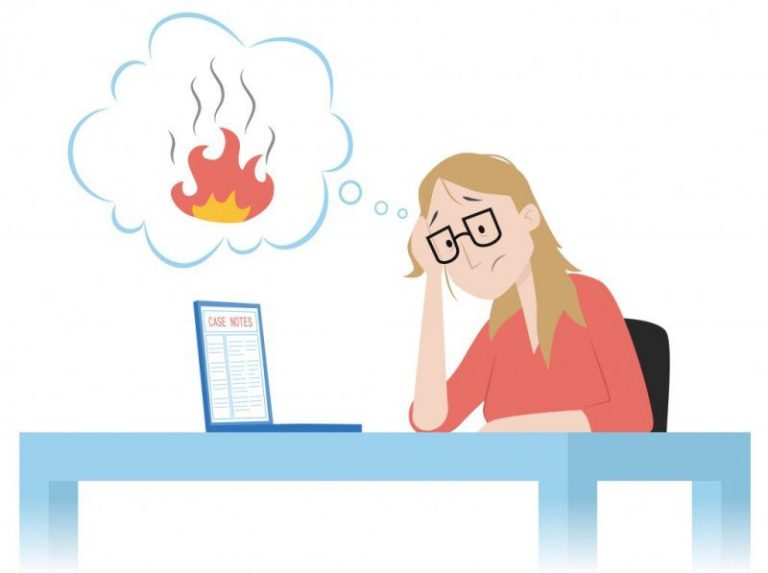Myth Buster: Bipolar Disorder
Despite being a reasonably prevalent mental condition, bipolar disorder is underrepresented. Many people think that someone with bipolar disorder is consistently either happy or sad. This might lead to people diagnosed with bipolar disorder frequently feeling unsupported and misunderstood due to such myths. Let us examine the definition of bipolar disorder and a few common misconceptions.
Manic and depressive episodes are the hallmarks of bipolar disorders.
A period of abnormally elevated or irritated mood and increased goal-directed activities define a manic episode. Several signs may include:
· Inflated self-esteem
· Decreased need for sleep
· More talkative than usual
A depressive episode is characterised by symptoms such as:
· Depressed mood most of the day (e.g., feeling sad or hopeless) – while it would present as an irritable mood in children
· Diminished interest or pleasure in activities
· Significant weight loss or weight gain
Myth 1 – Bipolar disorder only affects mood swings
Although it may appear that having bipolar disorder just means having extremely high or low moods, this is frequently untrue. People without mental illnesses have mood swings that span a variety of emotions. They can feel pleased or sad without crossing the line into mania or despair. A feature of bipolar disorder is that individuals with it exhibit excessive behaviours because their mood swings fall outside the range of typical emotions.
Myth 2 – Bipolar disorder only affects adults
This notion is reasonable because it can be difficult to tell whether a child is manic or simply has had too many sweets, or else whether they are depressed or just sad. However, children can also be diagnosed with bipolar disorder. As some of the symptoms of mania in children are similar to those of children with ADHD (Attention Deficit Hyperactivity Disorder), bipolar disorder in children is at times misdiagnosed.
Myth 3 – Bipolar disorder can be cured
Bipolar disorder is, regrettably, a chronic condition. Although there is no lasting treatment for bipolar disorder, medications are used to moderate the symptoms. Bipolar disorder individuals can retain stability throughout their lives with the help of medications, a balanced diet, and an active lifestyle. When a drug is effective, it may be tempting to quit taking it, but doing so will cause symptoms to return.
Myth 4 – Having bipolar means you are always manic or depressed
The length of a manic or depressive episode often varies on the person experiencing it. Rapid cycling is defined as having four or more episodes of mania or depression in a year. This means that someone who is not rapid cycling may only experience a few episodes in a year, even though these can last for extended periods. However, it also means that they have significant periods of emotional stability.
Myth 5 – Individuals with bipolar disorder cannot work
People with bipolar disorder can work and succeed, just like anyone who has any other illness. It is becoming simpler for people to work, especially now that workplaces are beginning to acknowledge mental illness as a serious issue that needs to be treated. People with bipolar disorder are generally able to maintain quite regular lifestyles, including being able to work. Someone with bipolar disorder may benefit from structure, such as that found in employment.
Above we have covered a few widespread myths concerning bipolar disorders. To appropriately help people with bipolar disorder and others around them, it is critical to be aware of this disorder and to educate ourselves and others about it.
If you think that you can benefit from professional support on this issue you can reach out here.
Charlot Cauchi is a Gestalt Psychotherapist at Willingness. He has experience working with adult clients with mental health difficulties, anxiety and depression, loss and grief, traumatic experiences, stress and relational issues.
References American Psychiatric Association. (2013). Diagnostic and statistical manual of mental disorders (5th ed.). American Psychiatric Association.







